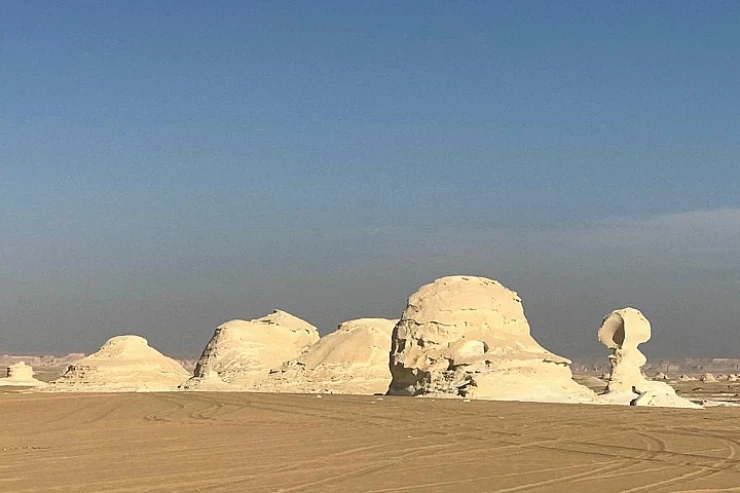
Tutankhamen | The Golden King of Egypt
The Golden King of Egypt
From 1334 to 1325 BCE, King Tutankhamun ruled over Egypt as a Pharaoh. According to the Egyptologists theories about him Tutankhamun was one of the most popular rulers of ancient Egypt belonging to the 18th Dynasty. The discovery of his tomb elevated him to fame as he became popular among other kings. Amun’s those days were mysterious and his secrets were among those kept by ancient Egyptians; the fact that they found his burial is what made him so derisive.
The opening of Tutankhamun’s tomb had a massive effect on the planet. The burial place of this king was opened by the British scientist Howard Carter who is thought to be the first one entering it on 16th February 1923, and it is regarded as the most significant archaeological finding in the world. This tomb belongs to the Eighteenth Dynasty and is the only royal burial site whose contents have been found almost unspoiled and whole (Collier & Manley, 1998).
According to Dr. Zahi Hawass, there’s a story unknown to many people concerning this discovery; that really a twelve years old boy named “Hussein Abdel Rasoul” who used to carry water for those working at that site has all credits for unearthing Tutankhamen’s tomb. It happened when he was lowering down a watering pot (zir) from behind donkey (Carter, 1977).
The grand discovery of archeology began on the 4th of November 1922 when British archeologist Howard Carter who specialized in ancient Egyptian history was excavating near the opening of a tunnel leading to Ramses VI’s tomb located at valley of kings. He observed a big basement and continued his careful excavation until he entered Tutankhamun’s room, which had beautiful illustrations on its walls about the journey taken by King Tutankhamen to reach afterlife; holding candlestick arm in hand and peeping through a hole in wall.
Carter was the first person to step on Tutankhamen’s sarcophagus room floor after more than 3,000 years — there he saw wooden box decorated with gold at its center top side. Although he tried hard enough, eventually his efforts paid off when he reached inside; discovering that it contained a more substantial element than expected – The Sarcophagus itself! It was encased under a strong carved stone which resembled King Tutankhamen’s image until January 3rd, 1924 when finally after lifting off this covering stone into hand there appeared another sarcophagi made from pure gold resembling him again but much thicker than previous one.
The golden coffin was covering two other golden coffins in the form of statues of the young pharaoh, as Howard found it difficult to lift the third golden shroud that was covering Tutankhamun's mummy from the mummy, so he took it out into the sun to separate the golden shroud from the mummy using heat. But in the end he had to cut the golden shroud in half to reach the mummy, which was wrapped in layers of silk, and after removing the shroud made of cloth, he found Tutankhamun's mummy in full adornment, including necklaces, rings, crown and staff, all of which were made of pure gold.
The Golden King of Egypt: Thomas: An Egyptian king who succeeded the cults of Amun during the time of his father's rebellion of Akhenaten in 1341 BC-1323 BC. He was the twelfth ruler of the 18th dynasty and is famous because, apart from his golden collection found intact and now exhibited in the Egyptian Museum in Cairo, he has indeed worthily prospered in Egypt by returning back to the traditional religion of the cult of Amun as a king. Egypt has made that visit a traditional part of the Egyptian Museum tour of our various tours from Cairo.
Tutankhamun, born in Amarna in 1341 B.C., is one of the historians' favorite memories set as the 'child pharaoh.' He was the successor of pharaoh Akhenaten and the twelfth ruler of the 18th dynasty of the New Kingdom. His original name, Lasting Image of Aton, referred to the cult of Aton, the solar deity of ancient Egypt. Aton was something adored rather forcefully by pharoah Akhenaten, who commanded us to worship this one god instead of the many deities from ancient Egypt.
After five years of excavation in the Valley of the Kings, Carnarvon was about to abandon the search for the pharaoh's tomb, but Carter convinced him to finance even more excavations.
22 days after the start of this new investment, Carter opened a crack in the access road to the grave. The mummy of the pharaoh, totally wrapped and contained inside the innermost sarcophagus, was covered with jewels and amulets. Tutankhamun's face was covered with a very precious funeral mask, which is now among the funeral collection in the museum.
His mummy was not found amongst those mummies we found in the El-Dier El-Bahari cachette; it was buried in a very small tomb in the Valley of the Kings, not compared to the royal tombs in the valley or famous monuments built by his ancestors in Giza and visited every year by millions during the tour to the Giza Pyramids.
The mummies and tombs of the Egyptian pharaohs are said to be haunted by an old curse that states that anyone who dares to disturb the tranquility of these embalmed mortal remains will suffer from illness, death, or both. Lord Carnarvon was discovered dead not long after the tomb's discovery.
According to scholars, the young king Tutankhamun died at the tender age of eighteen, and speculation over the cause of his death has raged on for centuries. Several hypotheses range from death caused by some severe infection due to a fracture on his leg, malaria, to even genetic abnormalities because of incest within the royal family. Although modern science by way of CT scans and DNA analyses has brought some evidence to these theories, the exact conditions surrounding his death are still shrouded in mystery.

















